
Honey & Mumford Learning Styles
In 1986 Honey & Mumford put forward the idea of four different Learning Styles – Activist, Reflector, Theorist & Pragmatist, and described how they each behave. […]

In 1986 Honey & Mumford put forward the idea of four different Learning Styles – Activist, Reflector, Theorist & Pragmatist, and described how they each behave. […]

How do the use of game mechanics relate to learner engagement in the context of serious games? Does more game experience necessarily mean greater engagement? […]

This article looks at the use of game mechanisms in learning applications to support pedagogical goals such as outcomes, motivation, percerptions and engagement. […]
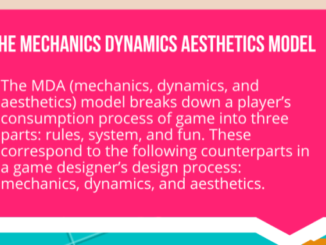
The MDA model breaks down a player’s consumption of the game into three parts, rules, system and fun. These correspond to Mechanics, Dynamics and Aesthetics […]

Educational games are designed explictly for education, whereas games-based learning claims that play and learning are the same
[…]
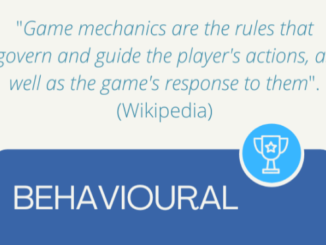
Game mechanics are the rules that govern and guide the players actions, as well as the game’s response to them. This post categorises those mechanics. […]

All the main steps that are needed to define the learning mechanisms in an educational serious game, from topic choice to use experience. […]
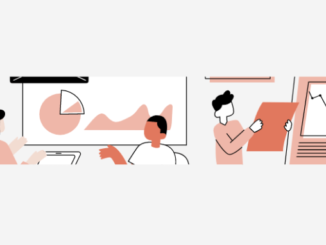
All the main steps that are needed to define the learning mechanisms in an educational serious game, from topic choice to use experience. […]

An infographic compiled from Dive Deeper: Empirical Analysis of Game Mechanics and Perceived Value in Serious Games, looking at how purpose increases pleasure. […]
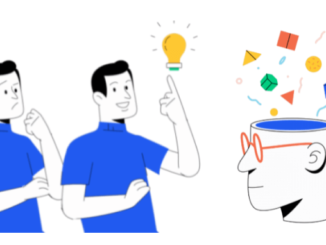
This information in this infographic is taken from ‘Reflection in Game-Based Learning: A Survey of Programming Games’ by VillaReale et al. […]

This information in this infographic is taken from ‘Learning Models in Education Game Interactions: A Review’ by Siyahidi et al. This is available to read in full at https://ejournal2.undip.ac.id/index.php/ijee/article/view/8590 An archive of all currently available […]

Aesthetics are the experience that players want to get from playing the game. They are the purpose of playing the game. This shows commonly used aesthetics. […]

This infographic is a summary of The Psychology of Rewards in Games-based Learning: A Comprehensive Review by Carmen Soo and Julia Lee Ai Cheng […]
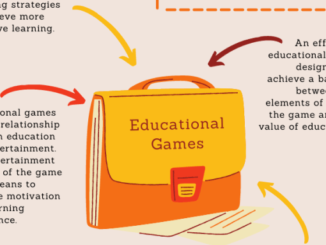
This infographic summarises Learning Models in Educational Game Interactions: A Review – which is a literature review by Syahidi, Supianto, Hirashima and Tolle […]
Ludogogy 2025